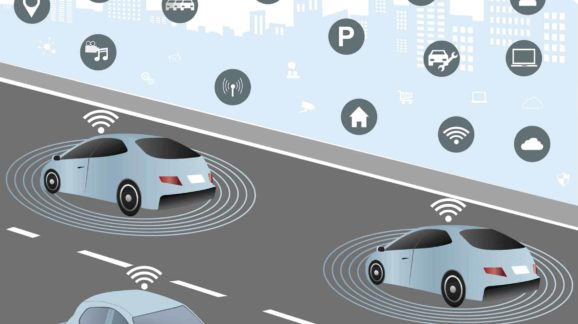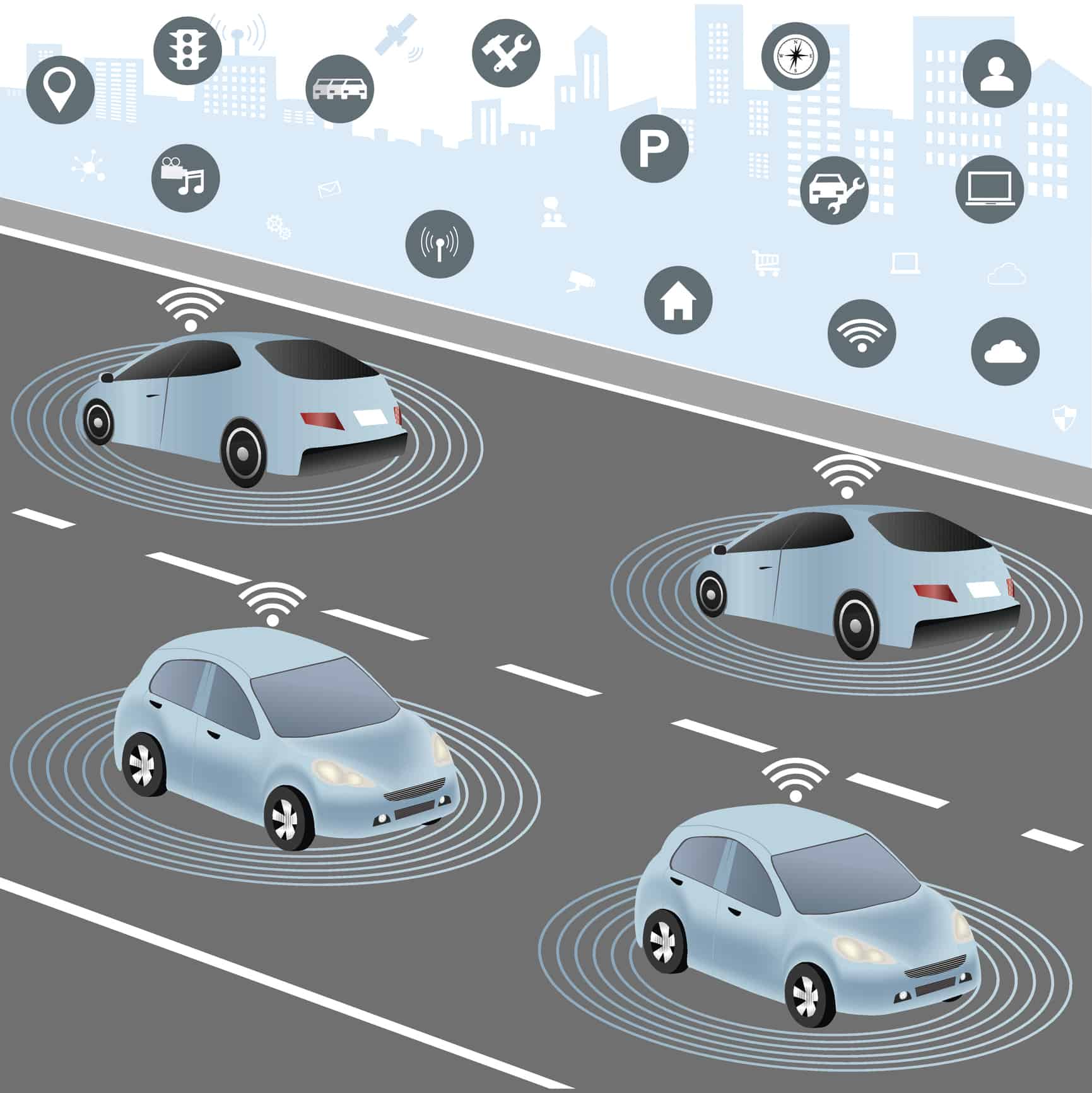California’s Proposed Autonomous Vehicle Rules Could Be Improved

 Last Friday, the California Department of Motor Vehicles published its proposed testing and deployment rules for automated vehicles. An earlier testing rule had been in place since 2014 and the DMV’s early regulatory philosophy presented numerous problems for developers, large and small.
Last Friday, the California Department of Motor Vehicles published its proposed testing and deployment rules for automated vehicles. An earlier testing rule had been in place since 2014 and the DMV’s early regulatory philosophy presented numerous problems for developers, large and small.
The major problem was that the DMV had interpreted the 2012 autonomous vehicle statute to prohibit automated vehicles lacking driver controls—steering wheels, accelerator, and brake pedals. Google was forced to reengineer this equipment back into its low-speed fully automated prototype in order to continue testing on public roads. Fortunately, this has been changed to permit fully automated vehicles where drivers may not have an ability to manually direct the vehicle. The underlying definitions of “autonomous mode” and “autonomous vehicle” were also updated to eliminate potentially confusing terminology, such as “control,” which carries different meanings for engineers and lawyers.
But one area where the California DMV still gets it wrong is its insistence on requiring developers to submit the “safety assessment letter” discussed in the National Highway Traffic Safety Administration’s (NHTSA) 2016 Federal Automated Vehicles Policy (FAVP). The FAVP is a nonbinding guidance document and NHTSA makes clear on page 11 that “this Guidance is not intended for States to codify as legal requirements for the development, design, manufacture, testing, and operation of automated vehicles.”
NHTSA has yet to develop a template for the safety assessment letter, let alone a process for reviewing them. It is still reviewing public comments on the entire FAVP and the new administration has indicated that dramatic revisions may be on the way. As Secretary of Transportation Elaine Chao recently told the National Governors Association, “This administration is evaluating this guidance and will consult with you and other stakeholders as we update it and amend it, to ensure that it strikes the right balance.”
Furthermore, even when the safety assessment letter template and review process are established, they are likely to remain voluntary for at least some period of time. Until NHTSA formally establishes regulations standardizing and requiring the submission of the safety assessment letter through the notice-and-comment rulemaking process, it is inappropriate for states to attempt to mandate that developers comply with nonbinding federal guidance—an edict which is itself in direct contradiction of the FAVP guidance. For this reason, the California DMV should remove all references to the safety assessment letter from its final testing and deployment rules.
Ian Adams at the R Street Institute discusses some more elements of the proposed California rules here.